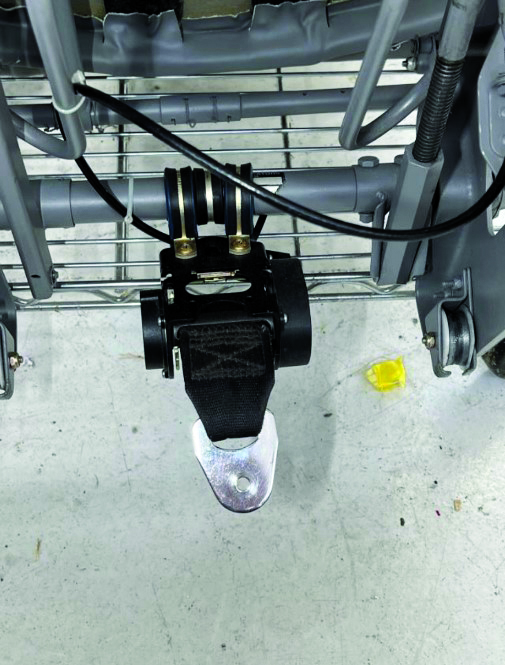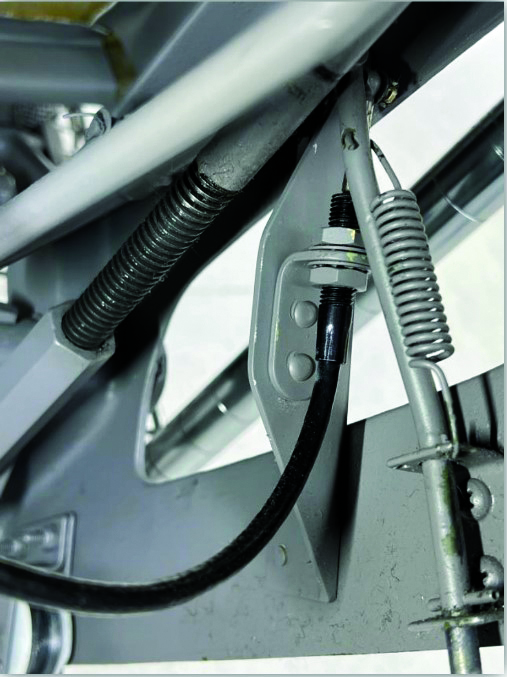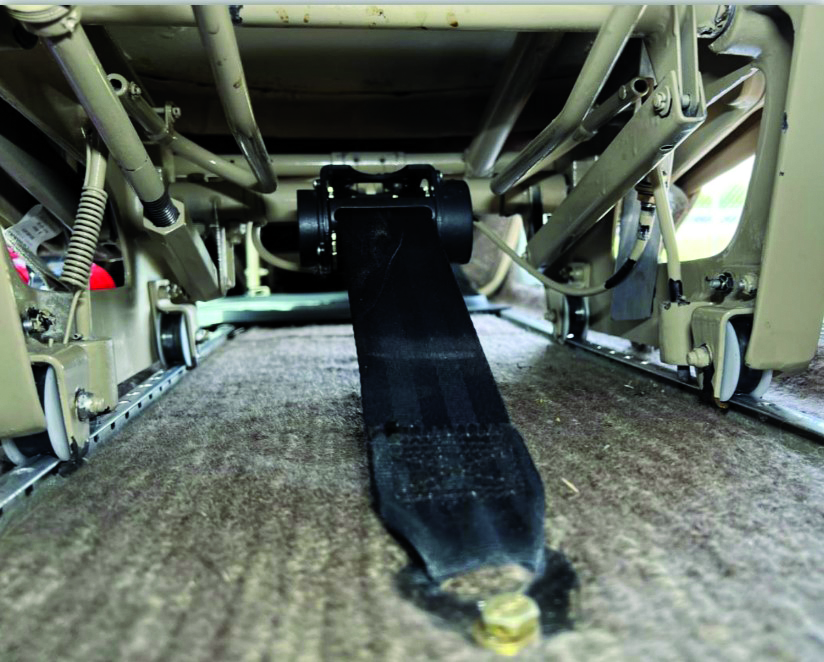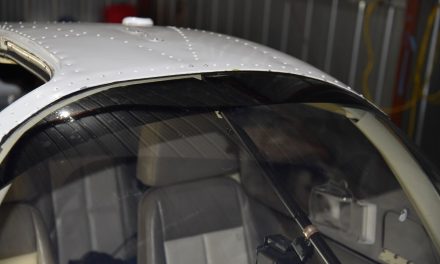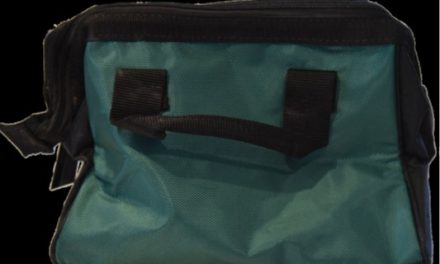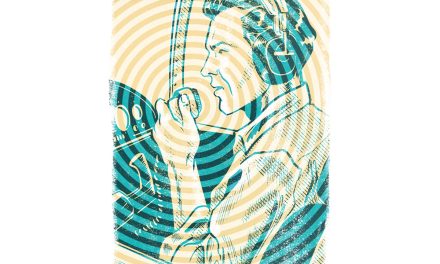By Elizabeth Gibbs
In previous Hangar Tips, we’ve covered the importance of checking seat rails, seat rollers, and seat pins. That “Cessna seat dance” is in fact a vital part of a preflight checklist, yet you may find that your Cessna seat could still slide back at the most inopportune time. Cessna felt compelled to come up with a solution to help combat this problem.
Paul New’s Spring 2022 webinar discussed Cessna’s Service Bulletin SEB07-5, which was issued many years ago. It recommends the installation of a Secondary Seat Stop in many of its models. Cessna considered the issue so important that they offered a free Secondary Seat Stop Kit for each airframe serial number.
“Basically, it’s an inertia reel, like a shoulder harness with the belt attached to the floor of the airplane,” said New. “If the seat slides back very quickly, it latches just like your shoulder harness. If your airplane doesn’t already have this, contact your local maintenance facility or Textron directly to find out how you can acquire one. One Seat Stop is issued to each serial number airframe, it’s free, and despite common belief, it’s not required that your installing mechanic send a logbook entry to Textron as proof of installation.”
New noted a few things about the Secondary Seat Stop to be aware of. “It has a few glitches. One is that the housing is plastic, and it does break. You’ll have to pay attention. Don’t slide your fire extinguisher under the seat because it’s going to bang around and do damage.”
Another thing to note about the Secondary Seat Stop is the cable that attaches to a spring, which is attached to the seat pin. When you lift the pin to slide your seat back, it disengages the reel so that you can slide back with ease.
“It’s really important that this be adjusted properly,” New said. “There are two nuts that move the cable up and down. The most common problem we see with this is that pulling the handle up doesn’t fully release the harness. If you’re in an emergency situation and you pull the handle up, but the mechanism doesn’t release, you’re going to have a very difficult time getting out of the plane.”
Like everything on your Cessna, it’s important to inspect the Secondary Seat Stop to ensure that it’s functioning correctly, that the housing isn’t cracked, and that it is engaging properly when you pull the pin. If you suspect damage to your already installed Seat Stop housing, have it inspected right away.
Elizabeth Gibbs (writer) and Lyle Jansma (photographer) are private pilots and co-owners of a Cessna 172. When they’re not flying above the beautiful Pacific Northwest, they are working hard designing instrument panels for other Cessna owners. To learn more about upgrading your instrument panel, visit sixpackaero.com.

